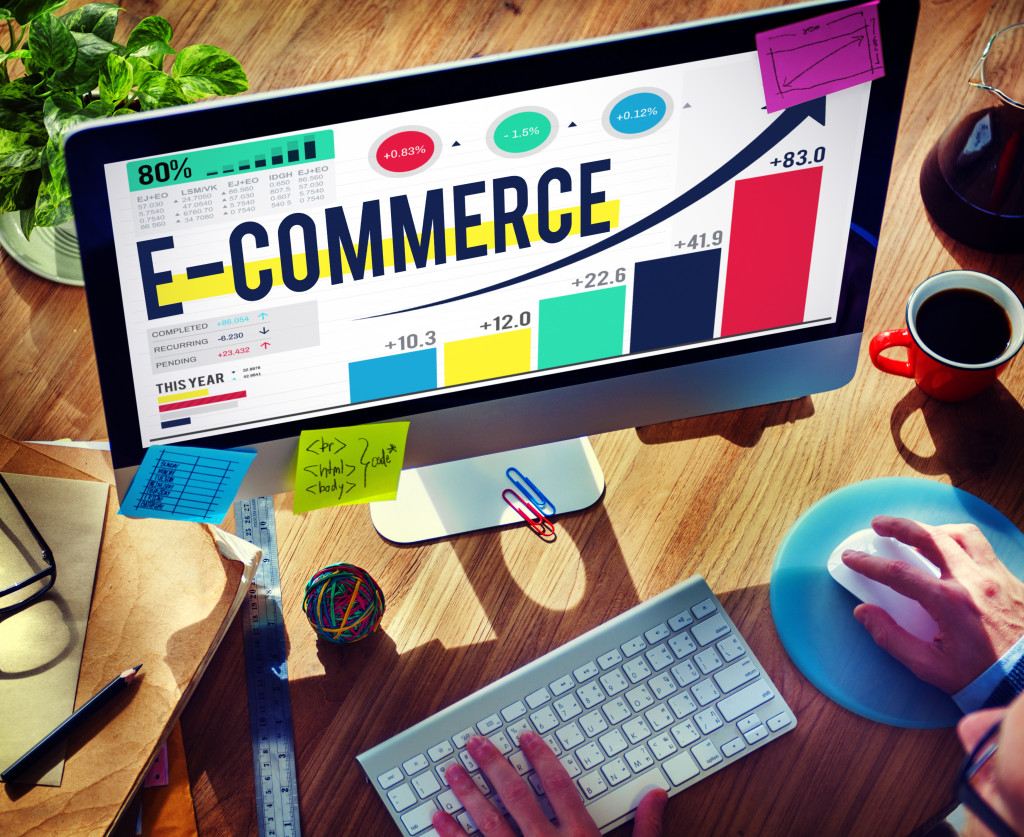- Optimizing your tech e-commerce platform is essential for success in today’s digital age.
- Website speed can be increased by checking your server, optimizing images, and enabling browser caching.
- To optimize for mobile devices, check the layout of the website to ensure content is accessible on smaller screens.
- SEO involves keyword research to identify relevant keywords which should be incorporated into product descriptions to increase visibility in SERPs.
In today’s digital age, e-commerce platforms have become a necessity for tech businesses to reach a wider audience and increase sales. However, with the increasing competition in the market, it is essential to optimize your tech e-commerce platform to stay ahead of the game.
Research shown that the use of e-commerce platforms can indeed positively impact a business’ competitiveness. Businesses that implemented an e-commerce platform saw a significant increase in their profitability and market share. The study found that by focusing on customer experience, businesses were able to enhance their performance and gain competitive advantages in the market.
That’s why it’s essential that you learn about the key areas you can focus on to optimize your tech e-commerce platform, which is going to be discussed in this article.
1. Website speed optimization
One of the most common challenges tech e-commerce platforms face is slow loading times due to high visitor traffic, heavy content, and inadequate server resources. This can cause visitors to become frustrated and abandon the platform before completing a transaction. According to research by Google, more than half of all mobile site visitors leave a page that takes longer than three seconds to load.
Enable browser caching
Browser caching stores some data from a website on the visitor’s computer so that it does not need to be downloaded again on subsequent visits. Enabling browser caching can significantly reduce loading times for returning visitors.
Optimize images
Large image sizes can significantly slow down websites. By optimizing images, you can reduce their file size without compromising quality.
Check your server
Checking your SQL server is an important factor in optimizing website speed. It is essential to ensure that the server hosting your e-commerce platform is up-to-date in terms of hardware and software, as well as having adequate processing power and memory. Outdated hardware or software can significantly reduce web page loading speeds. Once you have determined that your server hampering your website speed, you need to perform SQL server tuning to fix the problem.
2. Mobile optimization
Mobile optimization is an important step in optimizing your tech e-commerce platform, as a majority of web traffic now comes from mobile devices. This kind of optimization involves making sure that your website works efficiently and effectively on all types of mobile devices, including smartphones and tablets. In order to achieve this, there are several steps you can take.

Check the layout
First, you need to ensure that the layout of your website is optimized for mobile screens. This means ensuring that content is accessible and easy to navigate on smaller screens, as well as eliminating any elements that do not fit the mobile screen size (such as large images). Additionally, it’s important to reduce page loading times by minimizing HTTP requests and optimizing images.
Use responsive design
You should also consider implementing responsive design into your web pages. Responsive design allows web pages to automatically adjust their layout based on the device being used, allowing for a more fluid navigation experience for users regardless of their device type. Implementing responsive design can help ensure a consistent user experience across different mobile devices.
Optimize forms
Forms such as registration forms or checkout forms should be optimized for mobile devices by keeping them short and straightforward. Use auto fill options wherever possible to make filling out forms easier for users.
Focus on user experience
It’s also important to focus on user experience when designing your e-commerce platform’s mobile version. For example, consider incorporating features such as one-click checkout or personalized product recommendations, in order to improve user engagement and make the purchase process smoother and more convenient for customers. Additionally, make sure that customer support options are available and easily accessible on all devices so users can get help quickly if they encounter any issues while completing their purchase.
3. Search engine optimization (SEO)
SEO involves optimizing your e-commerce platform so that it performs better in search engines. Better rankings mean more visibility and more potential customers visiting your site. Here are some tips on how you can optimize your e-commerce platform for search engines:
Keyword research
Keyword research involves identifying keywords related to your business that users typically search for online. Incorporate these keywords into product descriptions, meta tags, titles, URLs, and other relevant sections of your website content.
Optimize product descriptions
When writing product descriptions, it is important to be both thorough and straight to the point, while also incorporating related keywords. They should also highlight unique features of products and emphasize their benefits over competitors’ products.
Link building
Link building involves acquiring links from other websites back to yours. This helps build authority for your site in the eyes of search engines like Google and increases its chances of ranking higher in SERPs.
Optimizing your tech e-commerce platform is essential for success in today’s digital age. By focusing on website speed optimization, mobile optimization, and search engine optimization you can ensure that your business stands out from the competition and drives more sales. Implementing these key strategies will help improve customer experience and provide users with an efficient way to purchase goods or services online. With the right tools and techniques, businesses can leverage their e-commerce platforms to gain a competitive advantage in the market.
